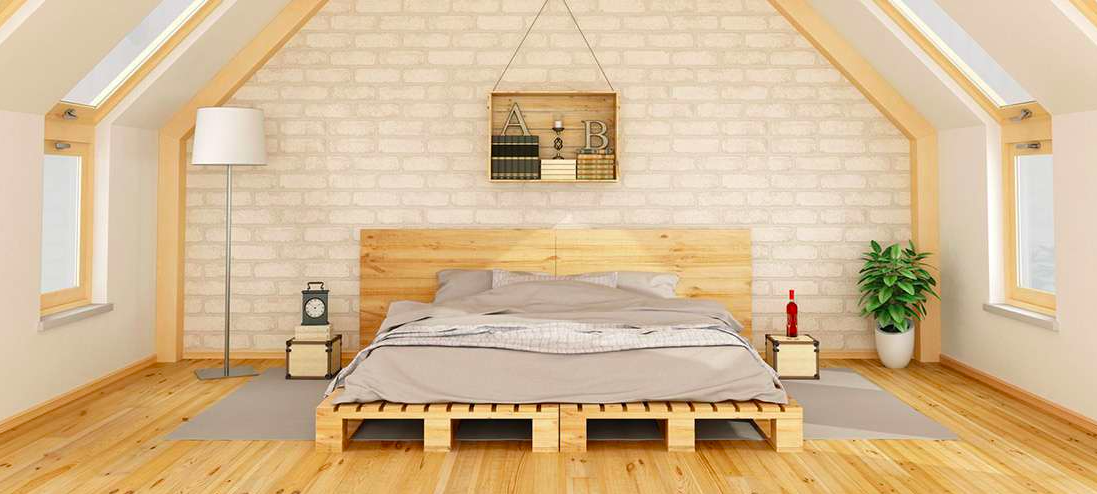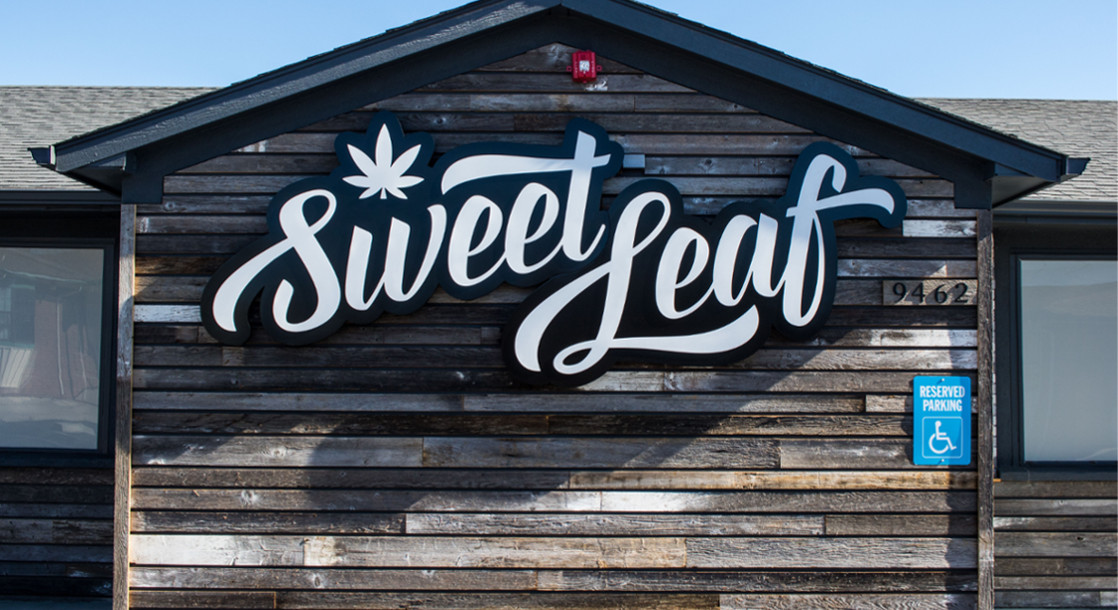Image via
Researchers from Scotland’s Rural College (SRUC) are currently working to develop sustainable, hemp-based foam that can be used in seat cushions, mattresses, and packaging.
SRUC hopes that this new plant-based foam will become a viable alternative to polyurethane foam, which is commonly used as cushioning in upholstered furniture, vehicle seats, and mattresses. Polyfoam, as it is often known, is a major source of environmental pollution and can also pose health risks to humans and pets.
“The future is definitely hemp,” said Vijay Kumar Thakur, professor in new products from biomass at SRUC, to the Daily Record. “The potential is huge and if we want to be carbon neutral by 2050 it is invaluable. Polyurethane alone is worth £14billion [$19.3 billion] worldwide and there is no reason why hemp cannot replace that.”
According to the US Environmental Protection Agency (EPA), the average polyurethane production plant releases 7.3 tons of hydrochloric acid and hydrogen cyanide into the Earth’s atmosphere every year. Researchers have also found that polyfoam furniture padding can emit volatile organic compounds (VOCs), which have been linked to headaches, allergies, and cancer. Yet despite these major health concerns, the vast majority of all furniture products sold in the US and UK contain this petrochemical foam.
Hemp, on the other hand, can be sustainably farmed without requiring massive chemical production facilities, and has no known negative health effects. Industrial hemp can be grown without using toxic pesticides or fertilizers, and also requires less water than traditional crops like cotton or corn. And while most polyfoam production occurs in China, the cannabis plants used to produce hemp-based foam can be grown locally.
More than 20 Scottish farms have already started growing hemp in the past several years, and twelve farms in Aberdeenshire and Angus are working to set up a hemp cultivation co-op. Most of this hemp is being harvested for seeds, which can be used for food, and for its hardy stems, which can be used to produce insulation, building materials, clothing, and now, foam padding.
Some farms have also been growing cannabis plants in order to extract CBD and other cannabinoids for medical use, but the UK as a whole is lagging far behind North America when it comes to medical marijuana.
“Hemp is definitely the future – we can use it for so many things and one of the biggest is creating bioplastics and other sustainable materials,” said Kyle Esplin, chair of the Scottish Hemp Association, to the Daily Record. “We need a processing plant in Scotland but I am hopeful funding for this can be found in the next couple of years.”
American and Canadian companies are also brainstorming new ways to use cannabis to create sustainable alternatives to environmentally hazardous industrial products. A Vancouver company just announced plans to build affordable housing in Colorado using plant-derived hempcrete, and a US company just received a $100,000 federal grant to help develop carbon-negative hemp bricks.
Meanwhile, other companies are developing hemp-derived bioplastics that can be used to create weed packaging, toothbrushes, and other products traditionally made from petrochemical plastic.











